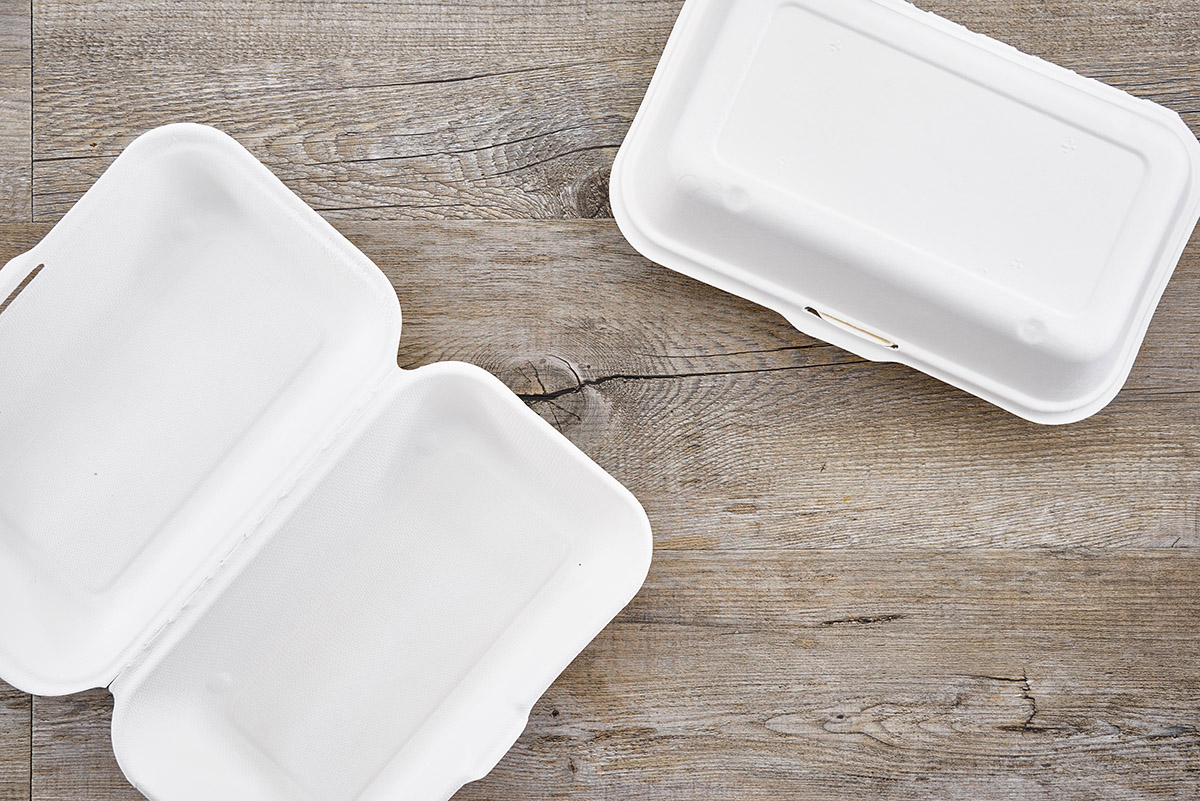A Novel Analytical Approach to Detect NIAS in Polystyrene

A new one-step, room-temperature extraction method enables accurate, non-targeted quantification of Non-Intentionally Added Substances (NIAS) in Polystyrene.
Additives play a crucial role in polymer performance and longevity, but their identification and quantification in solid plastics remain challenging. In their recent study, Pérocheau et al. developed a new method to extract, identify, and quantify Non-Intentionally Added Substances (NIAS) in Polystyrene, without requiring complex sample preparation or prior knowledge of the target compounds.
You can also read: Targeted Analysis for Detecting Forever Chemicals.
The method combines a tailored solid–liquid extraction (SLE) protocol with high-resolution mass spectrometry (HRMS). This dual approach provides both non-targeted screening and precise quantification of additives relevant to polymer formulation, quality control, and regulatory compliance.
A Simplified Approach to Complex Additive Profiles
The method’s core is a one-step extraction procedure performed at room temperature over 2.33 hours. The authors deliberately avoided mechanical grinding to prevent the formation of non-intentionally added substances (NIAS) unrelated to polymer processing.
The extraction uses acetonitrile as the solvent, chosen for its ability to solubilize various additive molecules while efficiently minimizing degradation or loss. This simplified protocol ensures that additives are recovered under mild, controlled conditions, preserving their chemical structure for accurate analysis.

Extraction process for the recovery of IAS and NIAS from virgin or additivated polystyrene. Courtesy of New method for extraction, identification, and quantification of non-intentionally added substances in polystyrene.
Broad Detection Capabilities
Following extraction, the method uses high-resolution mass spectrometry to identify and quantify 22 different additives within polystyrene. These include:
Plasticizers
Antioxidants
UV stabilizers
Lubricants
The method demonstrates high sensitivity and accuracy, even for compounds present at low concentrations. It is particularly effective for substances that are thermally unstable, non-volatile, or high in molecular weight—types of additives that are often difficult to recover using conventional GC-MS or LC-MS approaches.
Validated for Accuracy and Reliability
To ensure performance, the researchers validated the method using certified reference materials and benchmarked it against standard analytical techniques. The results showed high recovery rates, low detection limits suitable for trace-level analysis, and reliable identification and quantification consistent with existing reference methods. These outcomes confirm the method’s suitability for both routine quality control and regulatory analysis in industrial contexts.
Supporting Regulatory and Circular Economy Goals
The method’s ability to detect a wide range of additives and NIAS makes it relevant for several high-priority applications, including:
Regulatory compliance, such as REACH and RoHS directives.
Additive monitoring during material recycling and reuse.
Formulation control in polymer production.
Material verification in forensic or failure analysis.
Its one-step design and minimal solvent use also contribute to reduced environmental impact, aligning with broader goals in sustainable materials management.
A Step Forward in NIAS Detection
This new method marks a step forward in additive analysis by offering a simpler, faster, and more comprehensive tool for characterizing polystyrene formulations. Looking ahead, the same approach could be adapted to other polymer matrices, extending its value across various plastic applications. As demand increases for traceability, safety, and compliance in polymer systems, especially in the context of recycling and circular economy practices, analytical tools like this will become increasingly central. With further development, the method may evolve into a standard workflow for laboratories seeking efficient, high-precision solutions for additive profiling.
